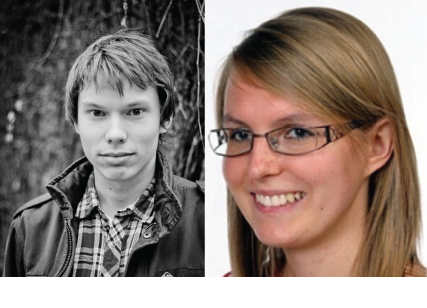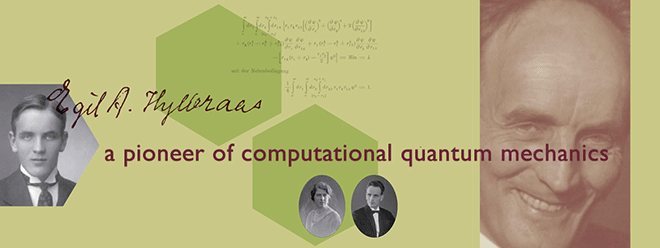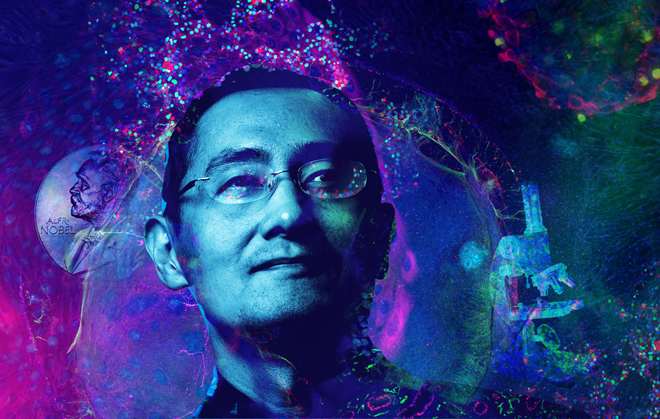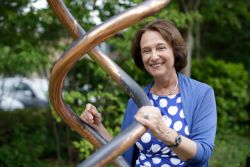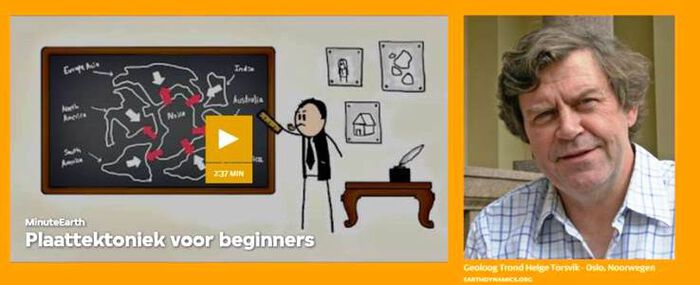Previous events - Page 203
by
František Hrouda
Professor in Petrology and Structural geology,University of Praha 2, Czech Republic
Characterization of Rab proteins involved in cell migration
Seminar will feature two short talks entitled
The repeat structure of two paralogous genes, Yersinia ruckeri Invasin (yrInv) and a “Y. ruckeri Invasin-like molecule”, (yrIlm) sheds light on the evolution of adhesive capacities of a fish pathogen by Agnieszka Wrobel from Dirk Linke group
and
Unicellular origin of the Microprocessor and microRNAs by Arthur Haraldsen from Kamran Shalchian-Tabrizi group
If psi solves H psi = E psi, do we have psi not equal to zero almost everywhere?
Amaury Triaud, University of Birmingham
Ankit Beniwal, University of Adelaide
In this talk, I will present our study of the scalar singlet model. In particular, I will discuss the potential probes for electroweak baryogenesis in this model via collider searches, gravitational wave and direct dark matter detection signals. I will show that a large portion of the model parameter space exists where the observation of gravitational waves would allow detection while the indirect collider searches would not. This will motivate my ongoing study of the extended scalar singlet model with a fermionic dark matter candidate.
(The slides will be available here)
Production and Purification of Membrane Scaffold Protein and Class IID bacteriocin Enterocin EJ97 from Enterococcus faecalis EJ97
Body size is often linked intricately with survival and reproductive rates, and therefore affects population dynamics. It is not unlikely for population collapses to be preceded by a change in body size distributions. If those changes happen long enough in advance, they may serve as early warning signals to predict population collapses.
by
Niels Hovius
From GFZ, Helmholtz Centre Potsdam, Germany
The seminar takes place in the meeting room, floor 9 of Ole Johan Dahls hus.
The room has been reserved Thursdays 10.15 - 12.00 from August 31 to November 30.
The program is subject to changes.
Nils Detering (University of California, Santa Barbara) gives a lecture with the title: Managing Default Contagion in Inhomogeneous Financial Networks
Lecture "A new era of medicine with induced pluripotent stem cells – iPS cells" and panel discussion "Implications of Stem Cell Therapy for Patients and Society" with Shinya Yamanaka, 2012 Nobel Laureate in Physiology or Medicine.
James Chibueze, Scientist at SKA South Africa
Ian Horrocks is a new honorary doctor at the University of Oslo, faculty of Mathematics and Natural Sciences, and will hold a lecture entitled “Representing and Reasoning About Knowledge.” The lecture is open to everyone. Welcome!
We welcome you to two open lectures! Meave Leakey on "Milestones in the story of us – why and when did we come to be?", and Alan Alda on "Getting beyond a blind date with science". This event is part of the University’s annual celebration.
Professor and Director Sylvia Richardson will receive the Honorary Doctorate from the University of Oslo. She will hold an open Lecture on A personal view of statistics as a tool for discovery in the health Sciences. Welcome!
”Foraging strategies of wild gelada monkeys (Theropithecus gelada) in an Afroalpine grassland at Guassa, Ethiopia”
On the occasion of Professor Sylvia Richardson, University of Cambridge, receiving a Honorary Doctorate from the University of Oslo, we arrange a workshop in her honour. Please join us in the celebration of Sylvia and the statistics community at the University of Oslo, with presentations of some of the ongoing statistical research in the life sciences at our university!
Computational study of a dinuclear Fe(I) catalyst for alkyne cyclotrimerization
DFT study of dinuclear iron complexes (FeI and FeII): a geometry and spin state modeling.
”Comparing growth of the freshwater rotifer Brachionus calyciflorus in four differently modified versions of Guillard’s WC medium”
A journey along the frontiers of science. An open source project sharing the ideas of the most groundbreaking scientist from all over the world on our future and human destination. A learning experience supported by the Open University UK and Unesco.live broadcast on VPRO. See the first teaser here: https://www.youtube.com/watch?v=IWGu0Z-ObGo
By Dr. Adam Philippy, National Human Genome Research Institute
Together with the Double Intraperitoneal Artificial Pancreas project the Centre welcomes Professor Francis J. Doyle III, Dean of John A. Paulson School of Engineering and Applied Sciences (SEAS), Harvard University, and scholar in chemical engineering to present his latest work on testing algorithms in clinical settings for an artificial pancreas and the future technology for the millions of individuals who are affected by Type 1 diabetes mellitus (T1DM). Prof Doyle has devoted his research to understand and characterize biological systems by a systems engineering approach, contributing to the fields of systems biology and functional biomedical control, while combining computational and experimental work.
”Organohalogen contaminants in the Antarctic top predator, south polar skua Catharacta maccormicki): levels and patterns, relationship to dietary descriptors and change over the past decade”


